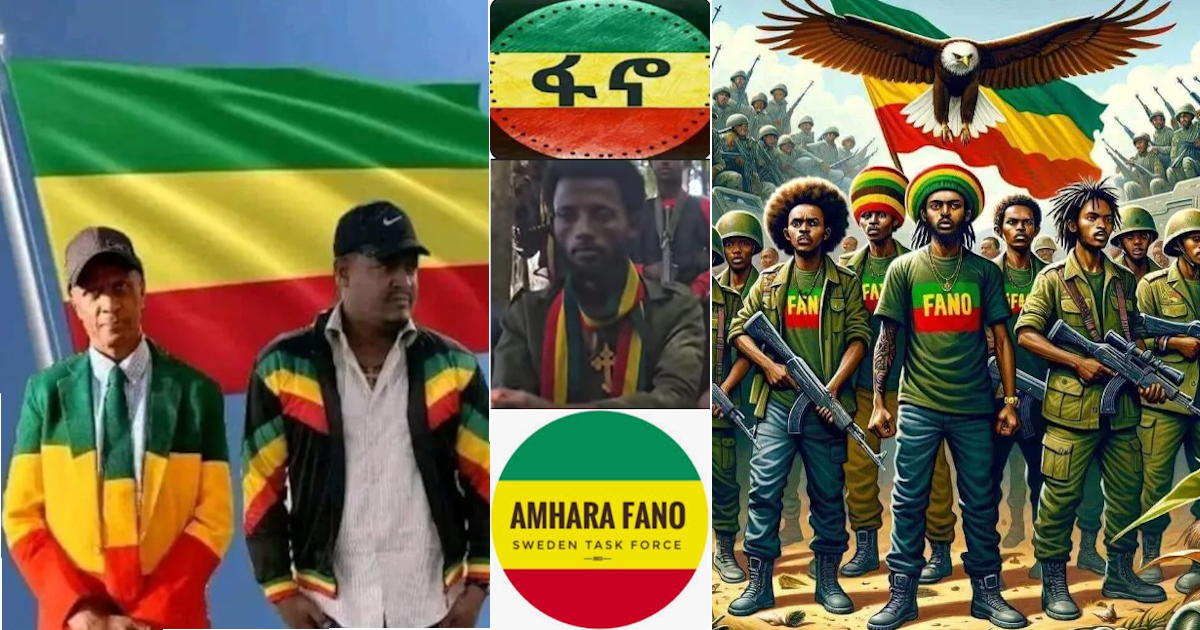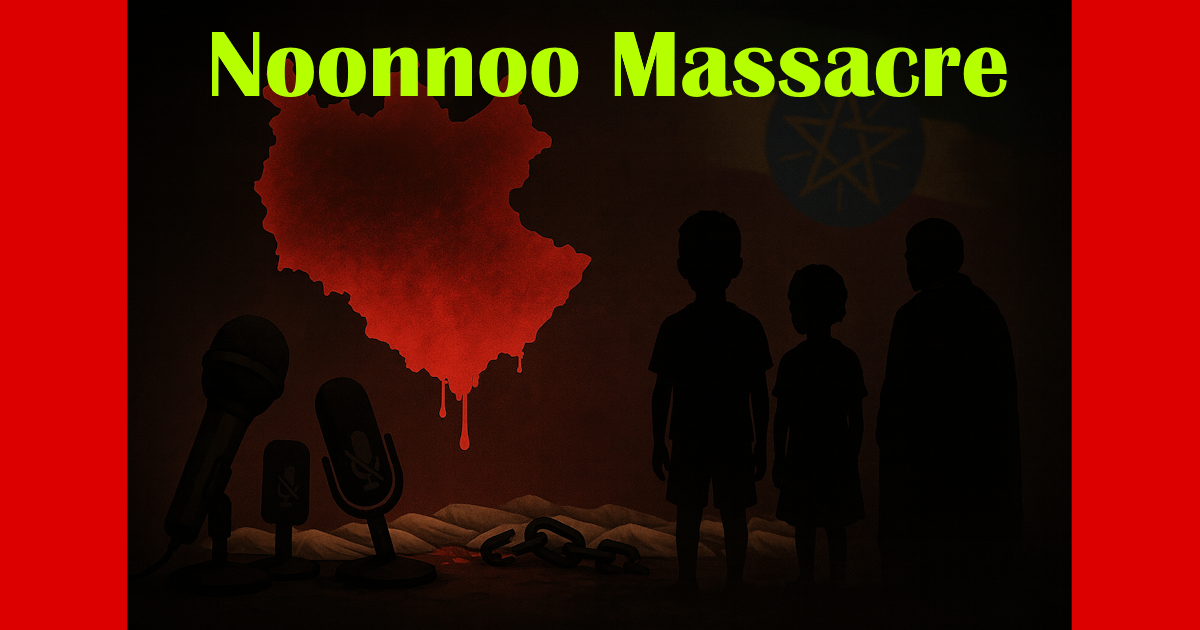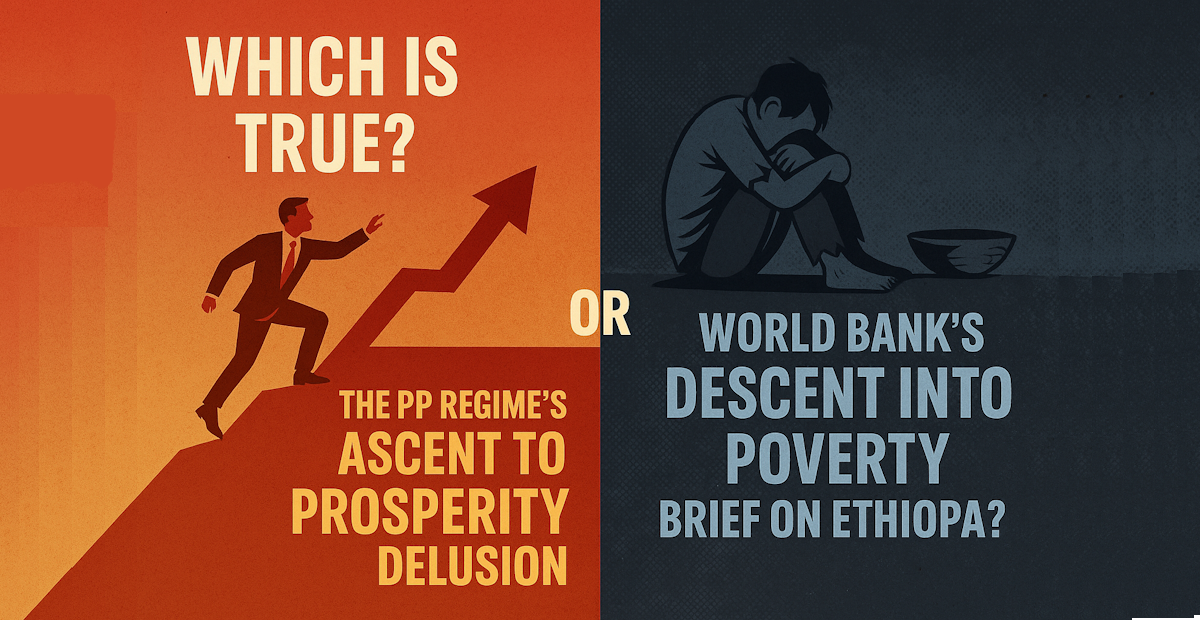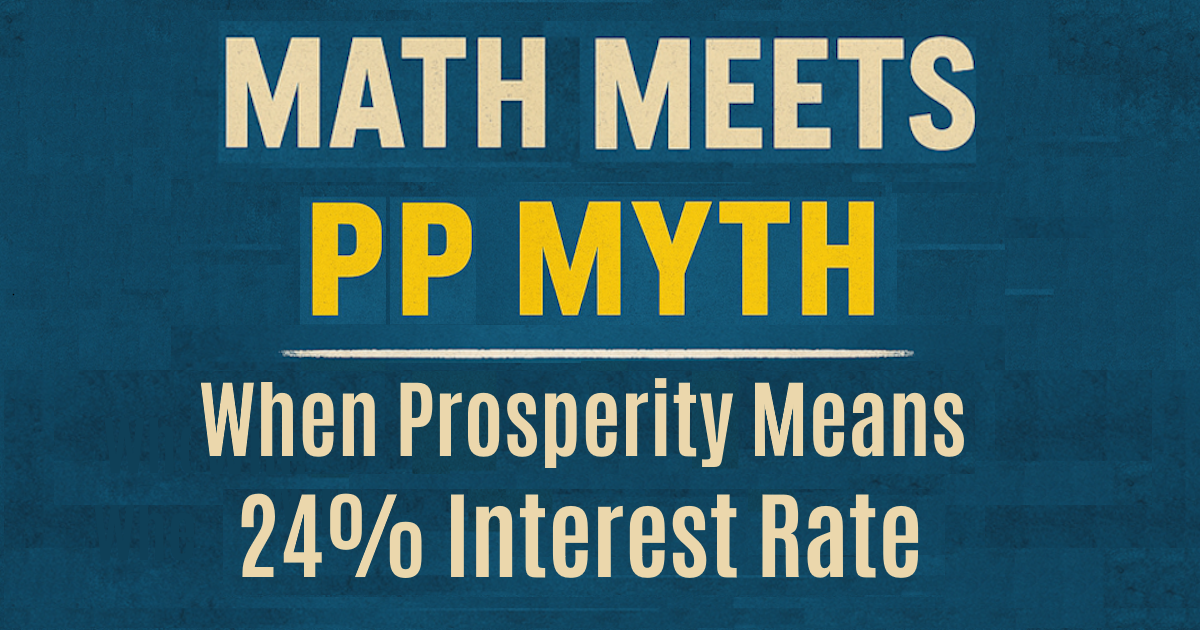The Amhara Elites’ Monumental Failure in Insisting on a Dead Language for Primary Education
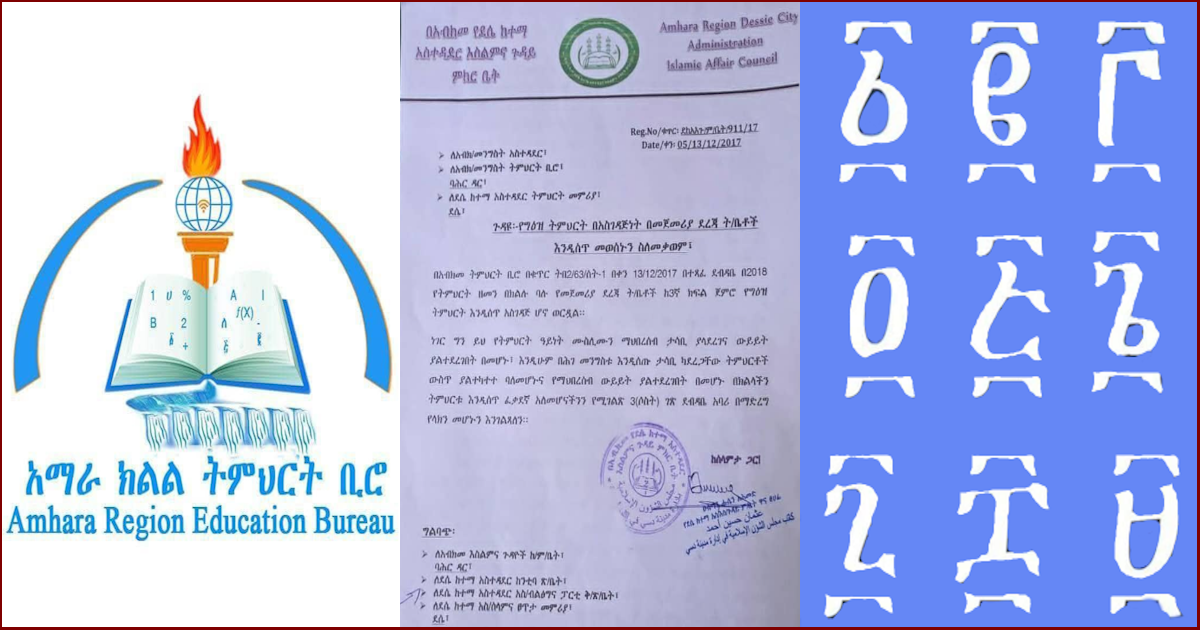
“Children learn best in the language they speak at home. To deny them this is to deny them the foundation of learning itself.”
— UNESCO, Mother Tongue Education
Excerpt
The push to impose Ge’ez as a subject in Ethiopian primary schools in the Amhara region has reignited debate on the futility of elevating a dead language. Across history, such languages remain confined to liturgy or scholarship, never revived as mediums of modern schooling. Insisting otherwise is political miscalculation that risks alienation instead of cohesion.
Synopsis
Describing Geʽez as a dead language is neither insolent nor insensitive—it is simply accurate. Here, “dead” is used in a precise sense: dead vernacularly, meaning a language no longer spoken as a community’s everyday medium of communication. Such languages may still be written, studied out of scholarly interest, or maintained for liturgical purposes, but they have long ceased to function as living vernaculars.
From a pedagogical perspective, elevating such languages to the status of primary education is indefensible. It does not benefit pupils, nor does it align with parental aspirations. In certain contexts, it may even carry serious political ramifications, as we highlight later.
An Overview of Vernacularly Dead Languages
To avoid isolating Geʽez in this debate, it is useful to place it within a global context. The following representative cases, deliberately drawn from across continents, illustrate the nature of vernacularly dead (henceforth simply “dead”) languages.
1. Latin – Europe
- Once the everyday language of the Roman Empire.
- Dead vernacularly by the 7th–9th centuries CE, giving rise to the Romance languages.
- Survives in science, law, and the Vatican.
2. Coptic – Africa (Egypt)
- The final stage of Ancient Egyptian.
- Ceased as a spoken vernacular around the 17th century.
- Retained today in the liturgy of the Coptic Orthodox Church.
3. Geʽez (ግዕዝ) – Africa (Ethiopia/Eritrea)
- Spoken until about the 10th century CE.
- Supplanted by Amharic and Tigrinya.
- Survives solely in Ethiopian and Eritrean Orthodox liturgy.
4. Akkadian – Middle East (Mesopotamia)
- Everyday language of Babylonia and Assyria.
- Dead by the 1st century CE, replaced by Aramaic.
- Preserved in cuneiform texts.
5. Sanskrit (as a vernacular) – South Asia (India)
- Once the language of high culture and scholarship.
- No longer a community vernacular for nearly 2,000 years.
- Retained in Hindu rituals and academic study.
6. Classical Maya – Central America
- The written prestige form of Mayan civilization (~200–900 CE).
- Disappeared as a daily spoken vernacular.
- Glyphic writing ceased after the Spanish conquest, though modern Mayan languages survive.
7. Eyak – North America (Alaska)
- Indigenous language once spoken along the Copper River Delta.
- Declared extinct in 2008 with the death of its last native speaker, Marie Smith Jones.
- Today survives only in documentation and revival projects.
8. Kaurna – Oceania (Australia)
- Language of the Kaurna people of the Adelaide Plains.
- Fell silent by the 19th century under colonial suppression.
- Currently the subject of revival efforts, but long dead as a natural vernacular.
Comparative Note and Ethiopian Context
Across continents, dead vernaculars have either remained in the realm of scholarship (Latin, Akkadian), liturgy (Coptic, Geʽez, Sanskrit), or cultural revival (Kaurna, Eyak). None has been successfully reinstated as the medium of primary education.
Yet in Ethiopia, a peculiar proposal has emerged to elevate Geʽez into the primary school curriculum. Behind this push lies not only a misplaced notion of cultural pride but also political motives. To understand its trajectory, it is necessary to look at where and how the debate began.
How It All Started
The current controversy can be traced back to a protest letter by the Islamic Affairs Council in Dessie City, Amhara Region [1]. Addressed to the Regional Administration and the Regional Education Bureau on 10 September 2025—the eve of the Ethiopian New Year—the letter objected to a directive issued three weeks earlier, on 20 August 2025, by the Amhara Region Education Bureau. The directive mandated that from Grade 3 onwards, all primary schools in the region must provide Geʽez language instruction beginning in the new academic year, due to commence in late this September.
The Islamic Affairs Council’s protest was not a casual statement. Attached to the letter was a three-page, twelve-point memorandum setting out the grounds for objection. Among its most salient arguments were:
- Geʽez is a liturgical language of the Ethiopian Orthodox Church (akin to Coptic in Egypt) and therefore cannot be accepted as a neutral, secular medium in a religiously diverse society.
- Pedagogical considerations: Geʽez is not a living language, and imposing it at the primary level would compromise both teaching efficiency and student learning outcomes.
- Curriculum misalignment: Geʽez does not appear on the official list of nationally recommended subjects, making its sudden introduction arbitrary and disruptive.
Soon after, the debate intensified in the media. On 14th September days ago, Dr. Sisay Mengiste published an op-ed on Gishen Media [2]. Dr. Sisay is no stranger to extremist rhetoric—indeed, OROMIA TODAY has previously highlighted troubling statements from him [3], unbecoming of an academic, let alone of a lawmaker. In his article, he attempted to justify the inclusion of Geʽez in primary education by citing its presence in prestigious institutions abroad: from Harvard to UCLA in the United States, and in Europe, from the University of Hamburg in Germany to the University of Warsaw in Poland.
Yet, this reasoning is deeply flawed. The teaching of Geʽez in Western universities is purely academic—confined to the fields of linguistics, philology, and theology—and cannot be taken as a precedent for adopting it as a medium of instruction in modern primary schools.
Worse still, Dr. Sisay’s essay contained inflammatory remarks, describing Muslims as “extremists.” Such language is not only inaccurate and unjustified but also dangerously divisive. It is unbecoming of an intellectual to throw such accusations; as we suggested elsewhere, Dr. Sisay would do well to look into the “truth mirror” before casting such aspersions.
As tensions mounted, public protests soon followed [4], signaling that this was not a mere academic debate but a matter with real political and social consequences.
The controversy also drew in other prominent voices. Wollo Addis on Facebook [5], indirectly citing BBC Amharic, reported that Dr. Bedilu Waqjira of Addis Ababa University had weighed in on the issue, stating bluntly: “Ge’ez is a dead language; teaching Geʽez is wasting pupils’ time.” His words struck a chord, reinforcing the very argument at the heart of this controversy.
All this rapidly spilled over onto social media, where the debate took on a life of its own—dominated, as we shall see in the next section, by a noisy majority trading in unsavory rhetoric, counterbalanced by a smaller but more sensible minority.
The Unsavory Majority and Sensible Minority Social Media Engagements
The social media storm that followed quickly revealed more heat than light. It is telling—and deeply troubling—that none of the proponents of Ge’ez instruction in primary schools managed to advance a single positive, constructive argument in its defense. How could they, after all, when the language in question is dead vernacularly? Instead, what dominated the discourse were insults, deflections, and vitriol—directed not at the merits of the issue but at individuals who dared to dissent.
One particularly disturbing case was the reaction to Dr. Bedilu Waqjira’s observation that teaching Geʽez in primary schools would be “a waste of pupils’ time.” Rather than engaging with the substance of his argument, online commenters launched personal attacks. The surname “Waqjira” marked him, unmistakably, as Oromo—and this became the trigger for overtly racist commentary. One widely circulated remark sneered: “After all, how could a Waqjira [an Oromo] understand Ge’ez education?” The fact that this slur garnered over 300 ‘likes’ is not just offensive but symptomatic of a deeper malaise: the weaponization of ethnicity to silence criticism.
This kind of rhetoric exposes a sad and self-defeating tendency within segments of the Amhara elite. Rather than building bridges, they are burning them; rather than fostering cohesion, they are sowing alienation. It is a short-sighted politics of exclusion, indulged in at their own peril.
In democratic societies with functioning legal frameworks, such racist abuse would not pass unchallenged. Law enforcement would step in, even against those hiding behind the mask of anonymity or fake accounts. Social media platforms, too, would be pressed to uphold community standards and protect law-abiding users from hate speech. Ethiopia’s digital space, however, remains dangerously under-regulated, leaving such toxic content unchecked.
The tone of the debate further deteriorated as even peaceful demonstrations against the Geʽez directive were derided as “people demonstrating against education.” Such mischaracterizations are patently false—and dangerously misleading.
To protest the imposition of a dead liturgical language on young children is not to oppose education; it is to defend it from regression.
Inflammatory remarks, abusive language, and racist tirades do not strengthen the case for Geʽez instruction. They undermine it entirely. Even if there had been a rational basis for introducing Geʽez—which there is not—this kind of discourse would alienate potential allies and entrench opposition. The lesson here should be obvious: Amhara elites must reflect seriously on both the content and the tone of their advocacy. Before rushing to champion a cause, they must first ask themselves the fundamental question: does this cause deserve support at all? In the case of Geʽez for primary education, the answer is abundantly clear—it does not.
Yet amid the noise, there were glimmers of reason. It was heartening, for instance, to hear the voice of Taye Bogale—an academic once known for his anti-Oromo rhetoric but lately emerging as an unlikely advocate of Oromo cultural heritage. In recent months, he has gone so far as to promote the Oromo Gadaa system as surpassing even Greek democracy in sophistication, noting that while the latter excluded slaves and women, Gadaa’s inclusiveness made it more genuinely democratic.
On the matter of Ge’ez, Taye Bogale lent his weight to reasoned argument, stating plainly: “Geʽez is a dead language and let us focus on things that matter most.” His ten-point, well-articulated critique [6] stands out as a constructive contribution. Taken together with the sober voice of Dr. Bedilu Waqjira, these reasoned interventions are more than enough to drown out the thousands of social media outbursts mired in insults and bad language.
Concluding Remarks
The irony could not be more stark. Ethiopia possesses large, vibrant, and living languages, none greater than Afan Oromo—spoken by the largest nation of the empire—yet Afan Oromo remains denied its rightful status as a federal working language and, by extension, as a fully recognized pedagogical medium at federal level. Instead of nurturing such immense linguistic capital for the benefit of future generations, segments of the elite are advocating the resurrection of a long-dead tongue.
This is more than a cultural misstep; it is a political gamble that deepens mistrust and alienation at a time when Ethiopia desperately needs bridges, not barriers. Elevating Ge’ez in this way does not preserve heritage—it distorts it. Heritage is honored when it is taught with honesty, in its historical and liturgical context, not when it is forced upon children as a medium of their early education.
History and comparative experience from across the globe show a consistent truth: dead languages may live on in liturgy, in scholarship, or in revival movements, but none has ever been successfully reinstated as the core medium of modern schooling. To attempt otherwise is not boldness; it is folly, and one that carries heavy social costs.
Key Takeaways
- To insist on Ge’ez for Ethiopian schooling is therefore not an act of cultural preservation but of political miscalculation—one that risks deepening alienation rather than fostering cohesion.
- The big irony is that there are living languages like Afan Oromo—spoken by the largest nation of the empire—yet to attain their rightful status as federal working languages and, by extension, as full pedagogical mediums for future generations. Instead, a case is being made for a dead language. Misplaced priority.
- No society has ever revived a dead vernacular as the medium of modern schooling. It would only take an Amhara elite to attempt such upstream swimming—an act that history has shown to be futile, divisive, and regressive.
A forward-looking note: New generations deserve education rooted in the living languages of their communities. To secure the future, the nations and nationalities must invest in empowering their vibrant tongues—Afan Oromo foremost among them—rather than chasing the illusion of reviving a dead one.
Selected References
- A letter by Islamic Affairs Council in Dessie City, addressed to the Amhara Regional Government, Regional Education Bureau, and Dessie City Education Administration Office, dated 10 September 2015.
- Sisay, Mengister, Dr, “የግዕዝ ትምህርት ነገር ብዙ እያስተዛዘበን ነው!”, 14 September 2025, Gishen Media on Facebook.
- Olii Boran, When Lawmakers Fan Dangerous Flames: The Case of Dr Sisay Mengiste, 18 April 2025. OROMIA TODAY.
- Demonstration Video Clip (Facebook Reel), 14 September 2025, on Nejmudin Awel, Facebook.
- “ግዕዝ ቋንቋ የሞተ ነው ፤ ግዕዝ ማስተማር የተማሪ ጊዜ ማቃጠል ነው – ዶ/ር በድሉ ዋቅጅራ”, 15 September 2025, Wollo Addis on Facebook.
- Taye Bogale, “ግእዝ ሊሞት እያጣጣረ ያለ አናሳ ቋንቋ ነው”, 15 September 2025, via Feyiso Kedir Negeso‘s post on Facebook.

